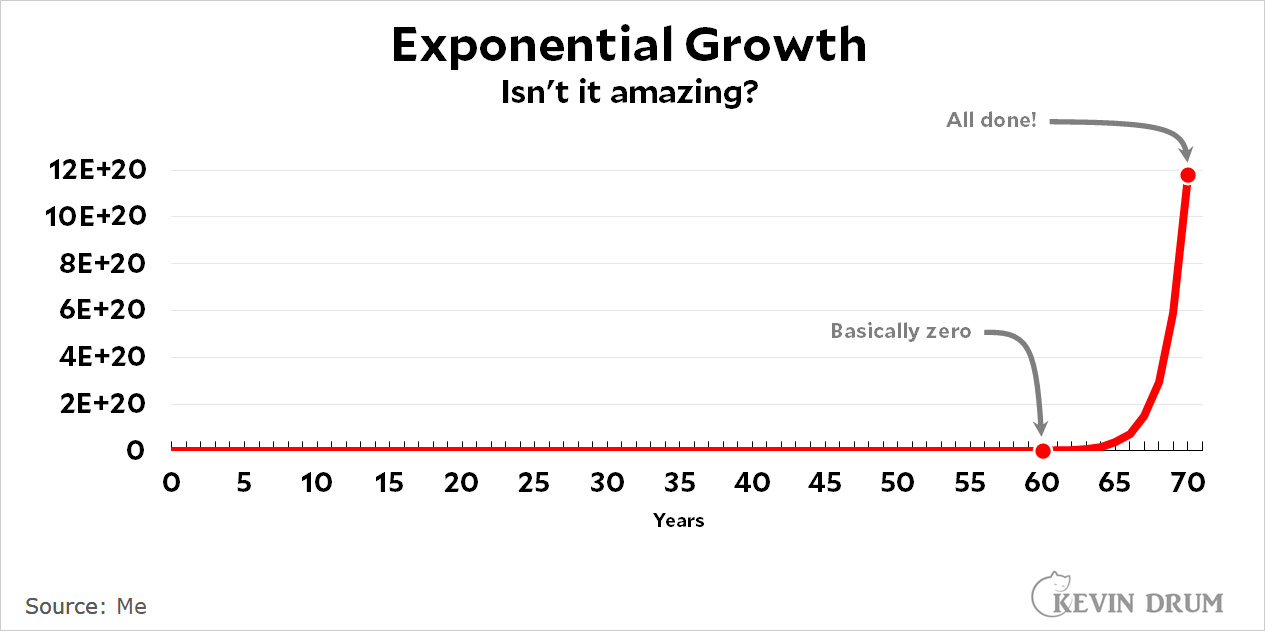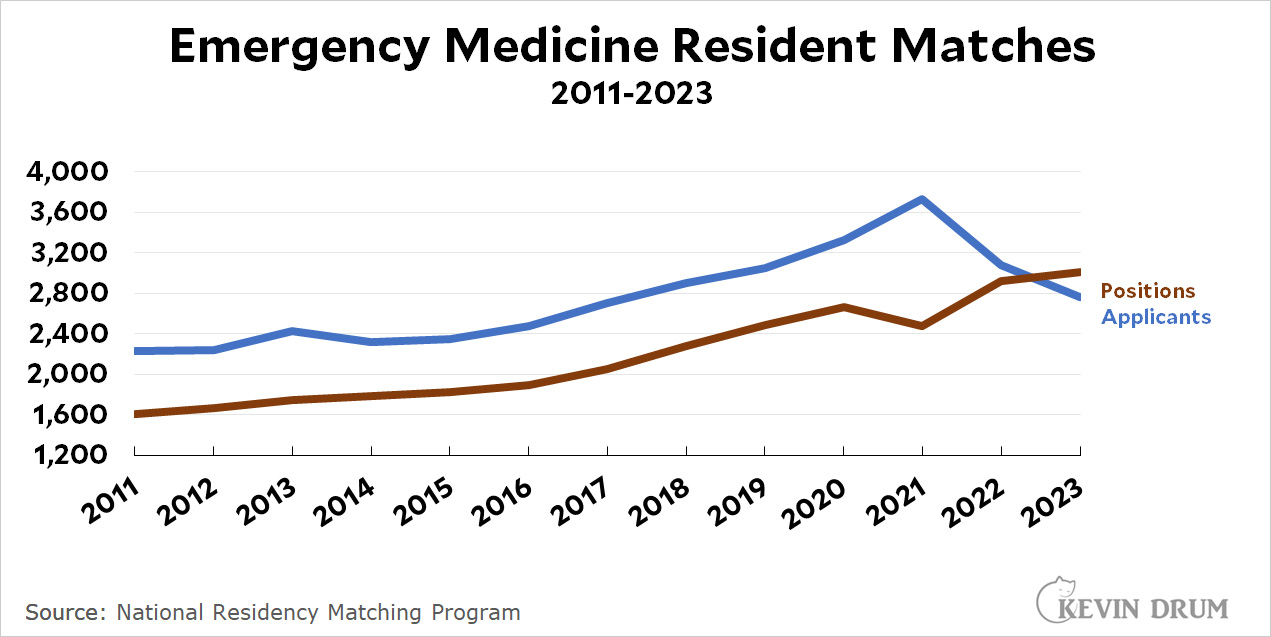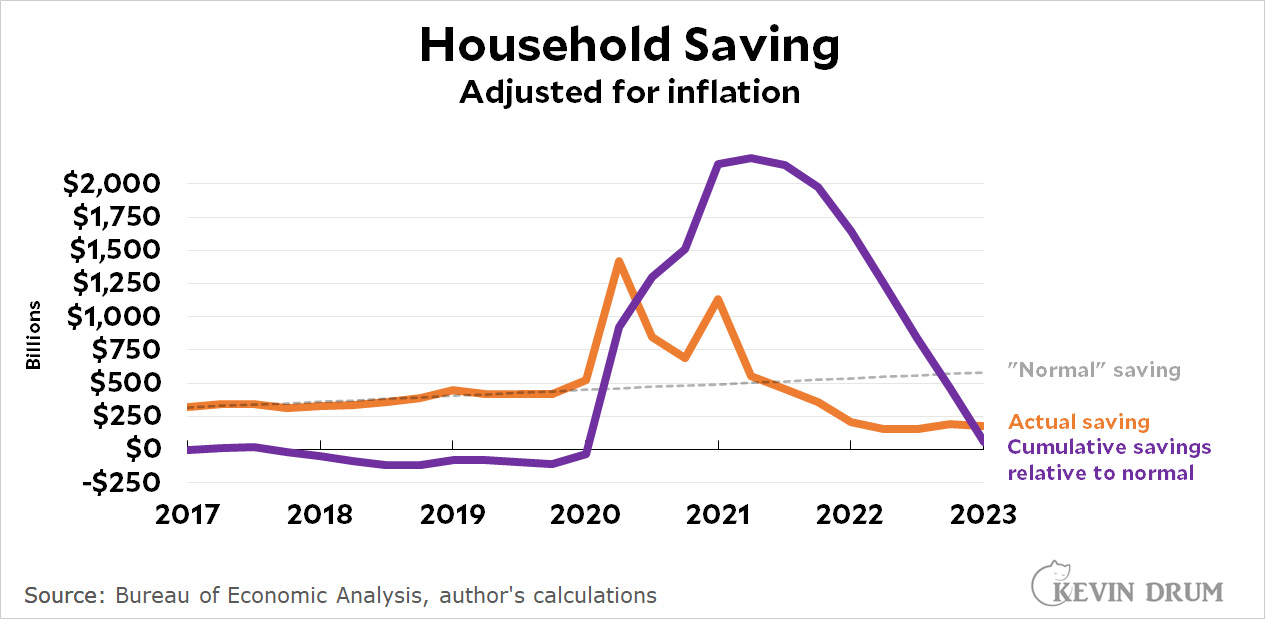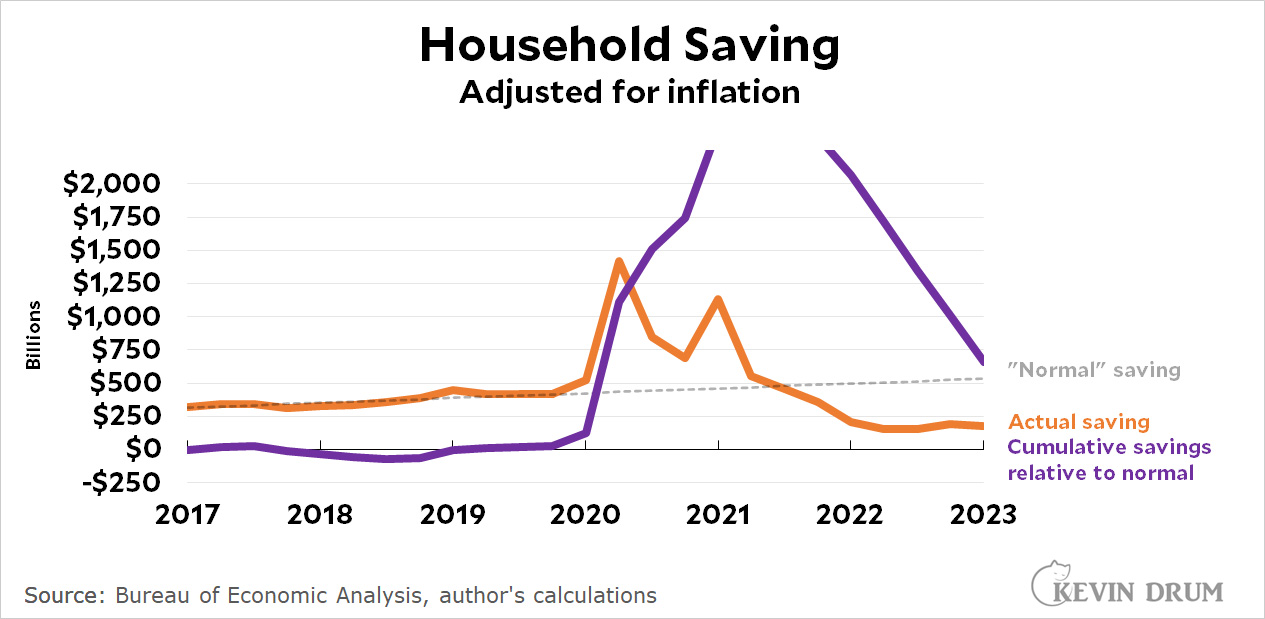As we all know, Jimmy Carter lost his 1980 reelection bid against Ronald Reagan thanks in part to the long-running Iranian hostage drama. It's long been suspected that Reagan's team actively tried to persuade Iran not to release the hostages so that Carter wouldn't get a victory bump, but there's never been any firm proof.
Until now. In a story that's getting surprisingly little play, the New York Times reports that Ben Barnes, a major player in Texas politics back in the day, says he accompanied John Connally on a mid-election tour of the Middle East:
What happened next Mr. Barnes has largely kept secret for nearly 43 years. Mr. Connally, he said, took him to one Middle Eastern capital after another that summer, meeting with a host of regional leaders to deliver a blunt message to be passed to Iran: Don’t release the hostages before the election. Mr. Reagan will win and give you a better deal.
Then shortly after returning home, Mr. Barnes said, Mr. Connally reported to William J. Casey, the chairman of Mr. Reagan’s campaign and later director of the Central Intelligence Agency, briefing him about the trip in an airport lounge.
The tour kicked off on July 18. Here's what Gallup polling looked like on that date:¹
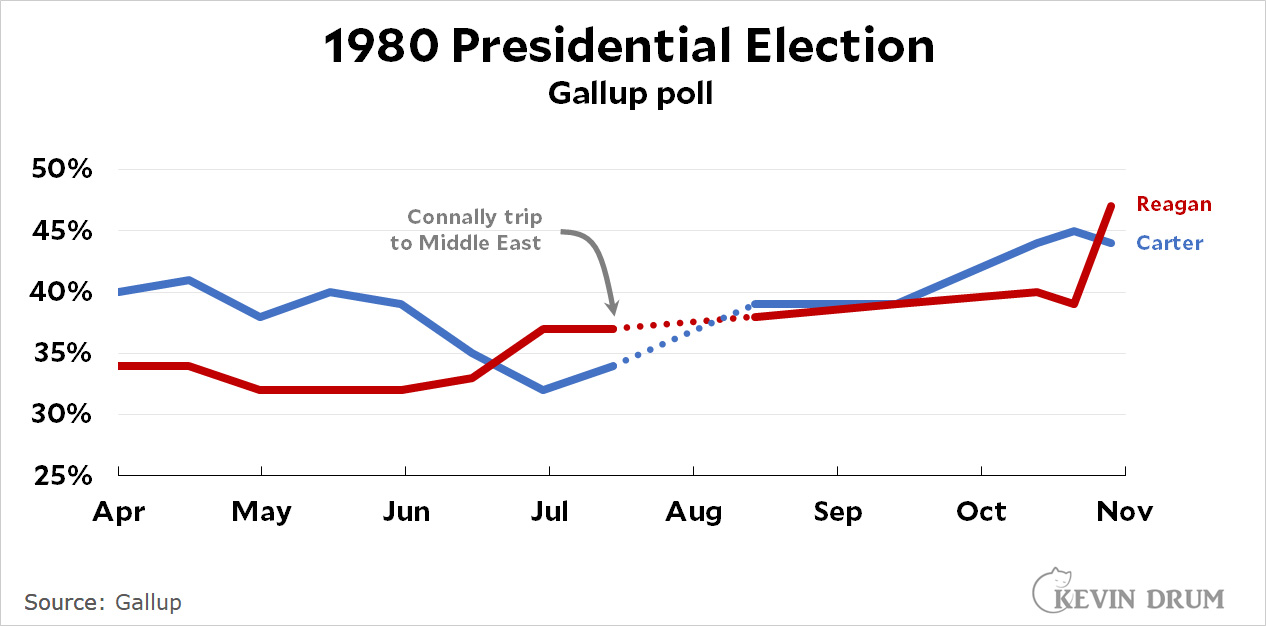 Carter plummeted in the polls during the first months of the hostage crisis, but recovered in April and stayed ahead of Reagan for the next couple of months. Reagan opened up a small lead on Carter in July, but it was narrowing. It was precisely the time that the Reagan campaign was probably most worried.²
Carter plummeted in the polls during the first months of the hostage crisis, but recovered in April and stayed ahead of Reagan for the next couple of months. Reagan opened up a small lead on Carter in July, but it was narrowing. It was precisely the time that the Reagan campaign was probably most worried.²
So that fits. Still, how do we know that Barnes is telling the truth?
Mr. Barnes identified four living people he said he had confided in over the years....All four of them confirmed in recent days that Mr. Barnes shared the story with them years ago....Records at the Lyndon Baines Johnson Library and Museum confirm part of Mr. Barnes’s story. An itinerary found this past week in Mr. Connally’s files indicated that he did, in fact, leave Houston on July 18, 1980, for a trip that would take him to Jordan, Syria, Lebanon, Saudi Arabia, Egypt and Israel before returning to Houston on Aug. 11. Mr. Barnes was listed as accompanying him.
Did the Reagan campaign ask Connally to do this? Did they even know he was doing it?
Mr. Barnes said he was certain the point of Mr. Connally’s trip was to get a message to the Iranians to hold the hostages until after the election. “I’ll go to my grave believing that it was the purpose of the trip,” he said. “It wasn’t freelancing because Casey was so interested in hearing as soon as we got back to the United States.” Mr. Casey, he added, wanted to know whether “they were going to hold the hostages.”
There's no way to know for sure. But we know that Richard Nixon tried to sabotage a Vietnam peace deal before the 1968 election. This would be right in character.
¹I've erased the Republican convention bump in late August in order to provide a clearer view of what the polling trends looked like at the time.
²There's an extensive literature about the 1980 polls and whether they were accurate. But that doesn't really matter here. What matters is what people thought at the time, and the Gallup poll is a pretty reliable indicator of that.
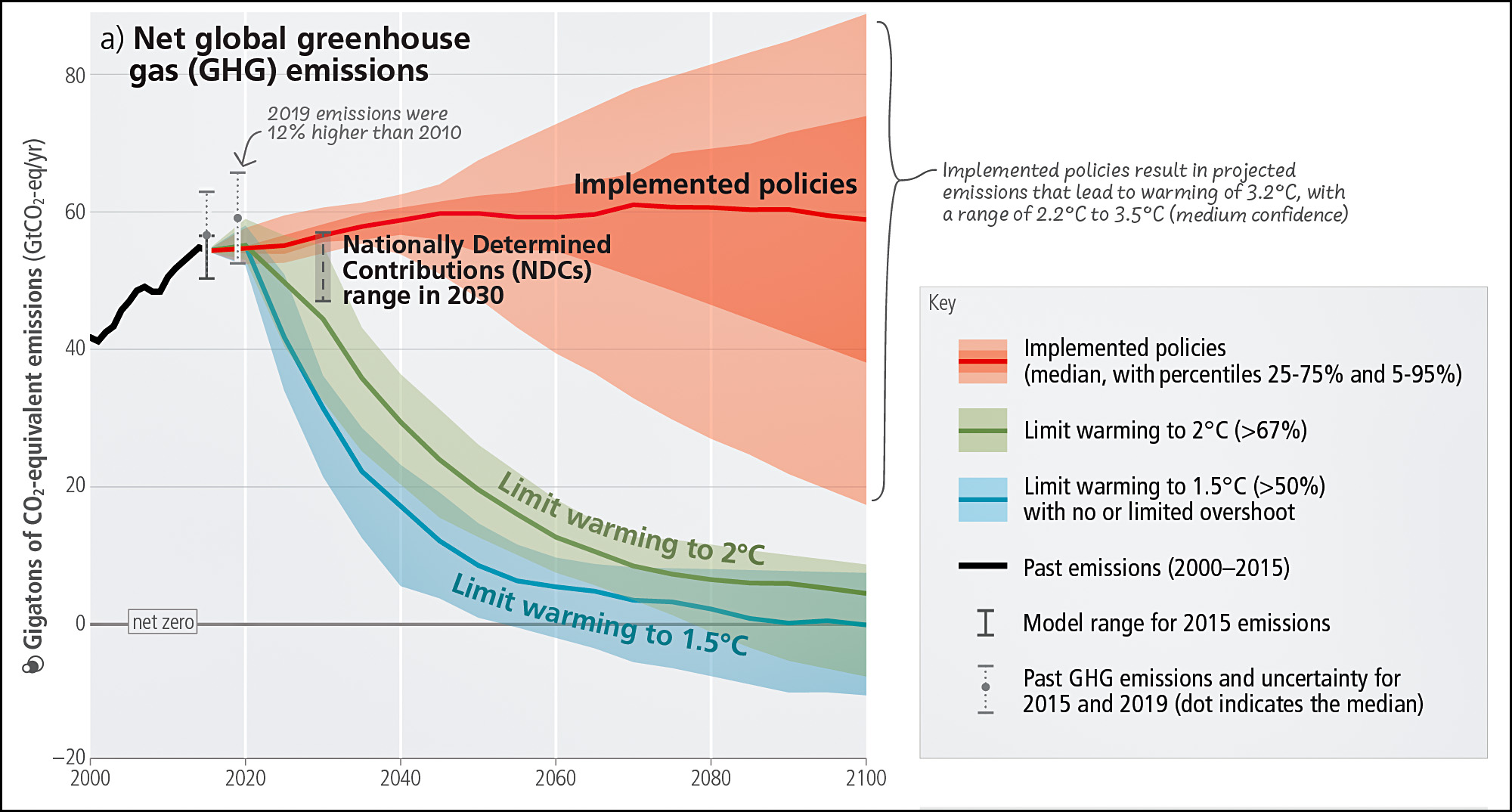 Bottom line: Current policies "lead to warming of 3.2°C." That's about 6°F for real Americans who don't use the metric system.
Bottom line: Current policies "lead to warming of 3.2°C." That's about 6°F for real Americans who don't use the metric system. We lost over a million people in the COVID-19 pandemic and the biggest effect seems to have been a huge national temper tantrum over mask wearing. Do you think a country like that is going to be even slightly moved by the prospect of 80,000 extra deaths several decades from now?
We lost over a million people in the COVID-19 pandemic and the biggest effect seems to have been a huge national temper tantrum over mask wearing. Do you think a country like that is going to be even slightly moved by the prospect of 80,000 extra deaths several decades from now?

